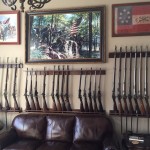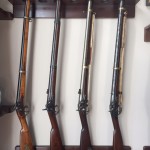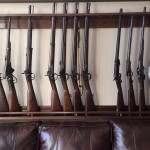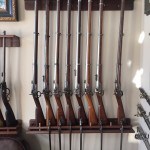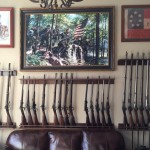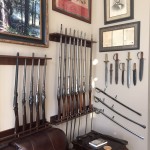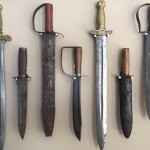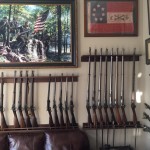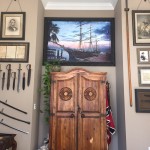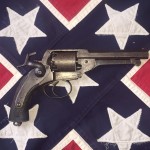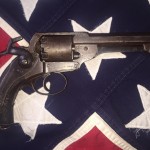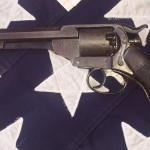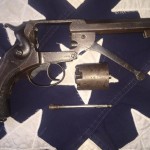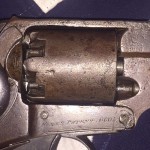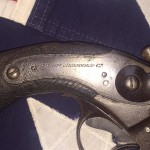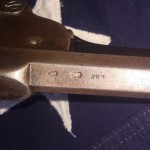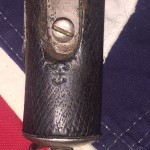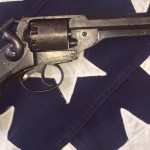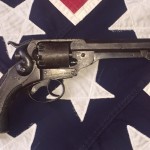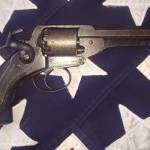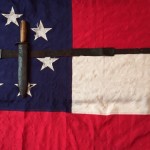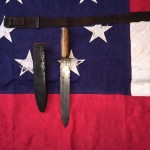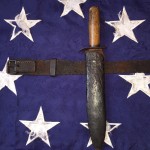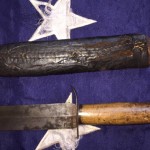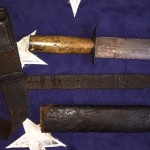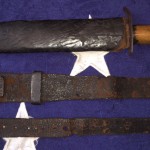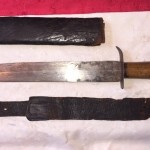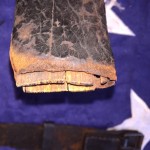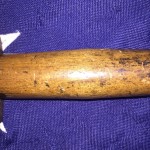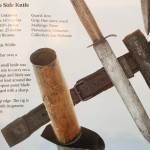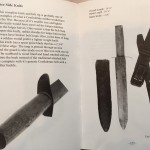-

-
1863 Dickson Nelson & Co. Rifle
-
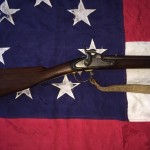
-
1863 Dickson Nelson & Co. Stock and Lock Plate
-
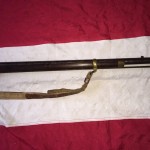
-
Dickson Nelson & Co. Rifle, Muzzle End
-
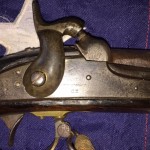
-
1863 Dickson Nelson & Co. Lock Plate
-
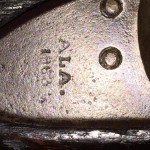
-
1863 Dickson Nelson & Co. Alabama Lock Plate
-
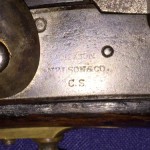
-
Dickson Nelson & Co. Lockplate
-
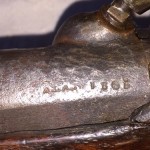
-
1865 Dickson Nelson & Co. Rifle, Barrel Markings
-
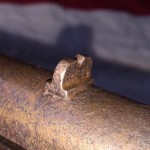
-
Dickson Nelson Rifle, Rear Sight
-
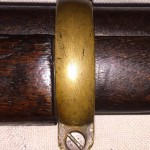
-
Dickson & Nelson Brass Barrel Band
-
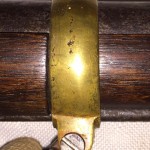
-
Dickson Nelson Brass Barrel Band and Swivel
-
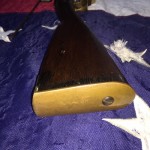
-
Dickson Nelson & Co. Rifle Butt Plate
-
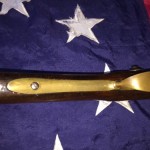
-
Dickson Nelson Brass Trigger Guard
-
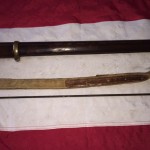
-
Confederate Linen Sling
-
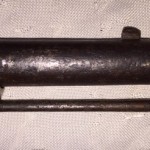
-
Dickson Nelson Rifle, Muzzle, Front Sight & Nose Cap
-

-
1863 Dickson Nelson & Co. Cocked Hammer
-
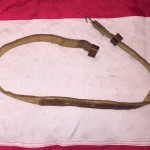
-
Linen Sling, Confederate
With the outbreak of the war in 1861, William Dickson (a planter from Alabama), Owen Nelson (an attorney from Tuscumbia) and Lewis Sadler (a physician) started the Shakanoosa Arms Company. Operations began at there first plant in Buzzard Roost, Colbert County, Alabama. A $7000.00 advance for funding to manufacture U.S. Model 1841 “Mississippi” type rifles for the state of Alabama was received.
In the summer of 1862 the Shakanoosa Arms Company was forced to move its operation to Rome Georgia in fear of the nearing Union forces, after a while at this location the armory again suffered a setback when there building was destroyed by fire. Again they were forced to move to Adairsville, Georgia under the name Dickson, Nelson & Company and in August 1863, Union advances forced them have to move further south to Macon, Georgia. Finally in February of 1864 the company moved to its final home in Dawson, Georgia.
Rifles under the supervision of inspecting officer, Captain B.J. McCormick were to conform to the U.S. Model 1841 Mississippi pattern, having 33” barrels of .58 caliber and stocks 48” in length. Brass hardware on these rifles included a straight butt plate, two piece trigger guard, barrel bands and nose cap with many of these parts having casting flaws throughout and some having reddish color indicating high copper content.
It’s estimated that about 3600 rifles were manufactured from 1862 thru 1865, but there’s no documentation to prove that. It’s the authors opinion that this number is way to high for the number of surviving rifles. Most of the surviving specimens are dated 1864 and 1865.
“Flaydermans Guide to Antique American Firearms” states that there are only 3 recorded 1863 dated lockplates. Two of these lockplates are not attached and the other is on a two-band rifle.
Which brings me to the newest member in the “Civil War Arsenals” ever growing collection. This 1863 Dickson, Nelson Rifle is truly a rare Southern Beauty. Based on Flaydermans Guide, this new addition is the rarest example of any weapon the Arsenal has to offer, making it the forth known 63 lockplate and only the second one attached to a stock.
I first saw this rifle a couple years ago at a gun show in Gettysburg, the fellow that was selling it had a large collection of Southern Weapons. I purchased another from him at the time (63 Fayetteville) that is one of the nicest examples in my collection. I had made him an offer on this rifle but he wasn’t willing to negotiate off his price. Fast forward two years and I ran into him at another Civil War Show and it turned out he still had the rifle. So after a little bit of haggling we settled on a price and I became the new owner of this 1863 Dickson, Nelson Rifle.
This rifle is in very good condition considering its history. The lock plate is dated 1863 ALA. behind the hammer which means the rifle was manufactured through contract for the state of Alabama. Forward the hammer is stamped DICKSON, NELSON & CO. and C.S. on the bottom line. The upper left surface of the barrel is date stamped ALA. 1863/65 (can’t really tell due to pitting)and the under surface of the barrel is stamped with a “windmill” or “Maltese Cross”armorers mark, attributed to Nathaniel D. Cross an inspector at the Selma Arsenal. The rear sight is fixed and located 3 1/8” forward the barrels breech. All of the brass hardware has casting flaws and lots of great patina. The barrel shows three broad lands and grooves and the ram rod appears to be original with some pitting but still showing its thread. The stock is in extremely good condition with the exception of what appears to be bug/termite damage on the left side by the butt plate, but it’s my opinion that this damage was original to the weapon when manufactured and not after the war while in storage, but it’s only my opinion. Included with the purchase of this weapon was an original confederate linen sling which compliments the rifle well based on its condition. I’m not certain it’s original to the rifle but based on the sling folds it’s been on the rifle for a long time.
So there you have it, yet another addition to the Civil War Arsenal. I hope you enjoy the photos, if you have any questions or thoughts on this rifle feel free to contact me at civilwararsenal@yahoo.com attn: Eugene West, hope to hear from you soon

